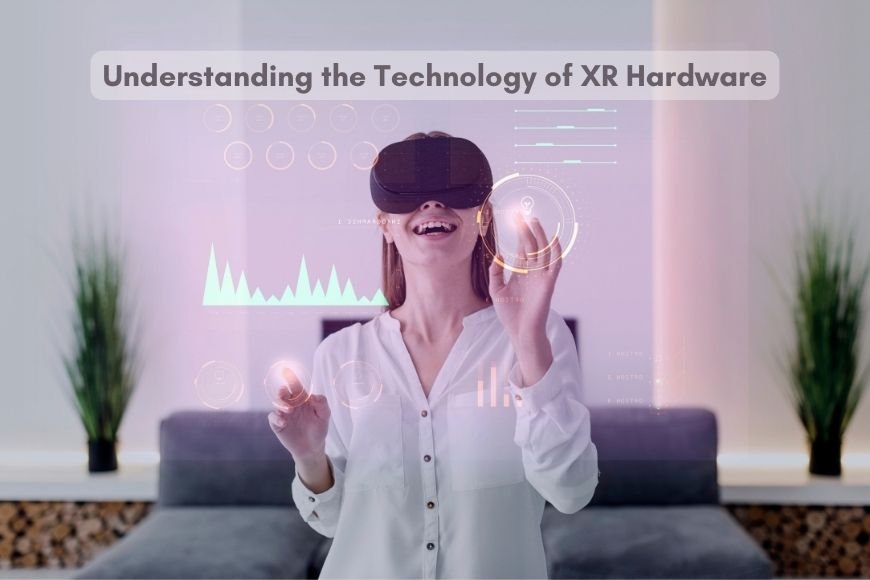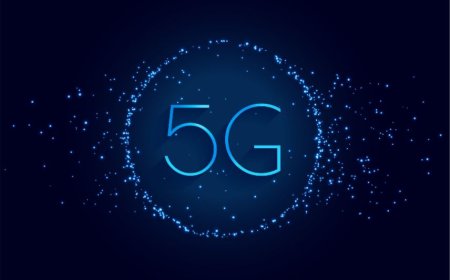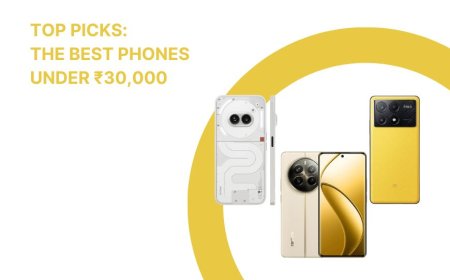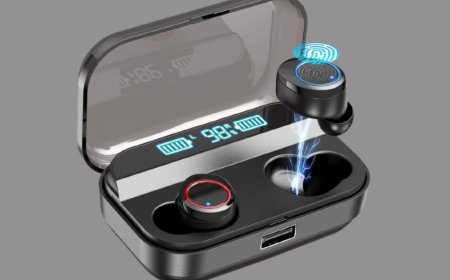Understanding the Technology of XR Hardware
Jump into XR hardware tech with our blog! We cover trends, break down components, and peek into immersive futures. Whether you're new or a pro, join for insights into XR hardware.

Table of contents:
- Introduction
- Current Hardware Trends in XR
- XR Hardware: A Deep Dive
- New Technology in XR Hardware
- Learning About XR Hardware
- Extended Reality and Its Impact
- Choosing the Right VR Headset
- Conclusion
Picture this: you're donning a sleek VR headset, transported to a virtual world where anything is possible. This immersive experience, made possible by Extended Reality (XR) technology,is not just a marvel of software; it’s a testament to the new technology in hardware that’s revolutionizing how we entertain, learn, and work. But what powers this magic? It's all about the hardware. As we learn about hardware Join us as we unravel the mysteries behind XR hardware, from the latest trends to the coolest gadgets shaping the future. Whether you're a curious explorer or a tech aficionado, get ready for an adventure into the heart of XR innovation!
Introduction
Extended Reality (XR) is the umbrella term that encompasses all immersive technologies, including Virtual Reality (VR), Augmented Reality (AR), and Mixed Reality (MR). These technologies are not just reshaping our entertainment and media landscapes but are also revolutionizing fields like healthcare, education, and manufacturing. As XR technologies continue to evolve, the hardware that powers them becomes increasingly sophisticated, making it essential for both consumers and developers to understand the underlying technology.
Current Hardware Trends in XR
The Rise of Standalone VR Headsets
In recent years, we’ve witnessed a significant shift from tethered to standalone VR headsets. These devices offer the convenience of wireless operation without the need for external computers or sensors. The Oculus Quest 2, for example, has set a new standard for standalone VR headsets with its impressive processing power and ease of use.
Advancements in Display Technology
Display technology in XR hardware has made leaps and bounds, with higher resolutions and faster refresh rates becoming the norm. This progress reduces the screen-door effect, allowing for a more immersive and comfortable user experience.
Miniaturization of Components
As XR devices become more powerful, there’s a growing need to make them lighter and more comfortable. This has led to the miniaturization of components, such as using smaller, more efficient batteries and streamlined circuitry.
XR Hardware: A Deep Dive
Understanding the Components of XR Hardware
At the heart of any XR device lies its processor, which needs to handle complex simulations and real-time rendering. Modern XR processors, like the Qualcomm Snapdragon XR2, are designed specifically for these tasks, offering unparalleled performance.
Sensors and Input Systems
Sensors in XR hardware track movement and orientation, allowing the virtual environment to respond to the user’s actions. Input systems, such as hand tracking and voice recognition, are also advancing, providing more natural ways to interact with virtual content.
Display and Optics
The display and optics in XR devices are critical for delivering a convincing immersive experience. Advances in lens design and display technology have led to wider fields of view and sharper images, making virtual worlds more realistic than ever.
The Role of Haptics in XR
Haptic feedback adds a tactile dimension to XR, making virtual interactions feel more real. From vibration motors to force feedback gloves, haptic technology is becoming more sophisticated, enhancing the sense of presence in XR.
New Technology in XR Hardware
Wireless Connectivity and Cloud XR
The future of XR hardware lies in its ability to connect wirelessly to the cloud. Cloud XR promises to offload heavy processing tasks to remote servers, allowing headsets to become lighter and more energy-efficient. This technology also enables real-time streaming of complex 3D environments, which is a game-changer for both developers and users.
Eye-Tracking and Facial Recognition
Eye-tracking technology is becoming a standard feature in XR headsets, enabling new interaction methods and more realistic avatars. It allows for gaze-based controls and enhances social interaction in virtual spaces by accurately mimicking facial expressions.
Battery Life and Energy Efficiency
As XR devices become more portable, the demand for longer battery life and better energy efficiency grows. Innovations in battery technology and power management are helping XR devices last longer, making them more practical for everyday use.
Learning About XR Hardware
Key Resources and Communities
For those looking to dive deeper into XR hardware, there are numerous online communities and resources available. Websites like Road to VR, forums like r/virtual reality, and online courses offer a wealth of information for enthusiasts and professionals alike.
DIY and Modding in XR Hardware
The XR community is known for its DIY spirit, with many enthusiasts modifying and creating their own hardware. This not only fosters innovation but also helps users understand the technology at a fundamental level.
The Future of XR Hardware Education
As XR technology becomes more prevalent, educational institutions are beginning to offer specialized courses in XR hardware. These programs are designed to prepare the next generation of engineers and designers for the challenges of creating immersive experiences.
Extended Reality and Its Impact
XR in Entertainment and Gaming
XR has already made a significant impact on entertainment and gaming, providing immersive experiences that were previously impossible. With advancements in hardware, these experiences will become even more engaging and interactive.
XR in Education and Training
XR is transforming education and training by providing immersive, hands-on experiences that improve learning outcomes. Whether it’s medical students practicing surgeries or mechanics working on virtual engines, XR offers a safe and effective learning environment.
XR in Healthcare
In healthcare, XR is being used for everything from pain management to rehabilitation. It allows doctors to visualize complex medical data in three dimensions and provides patients with therapeutic virtual environments.
Choosing the Right VR Headset
Factors to Consider
When selecting a VR headset, it’s important to consider factors such as resolution, field of view, tracking capabilities, and comfort. Each of these plays a crucial role in the overall experience.
Top Picks for 2024
As of 2024, some of the top VR headsets include the Oculus Quest 3, Valve Index 2, and the Sony PlayStation VR2. Each offers a unique set of features tailored to different needs and budgets.
Conclusion
The landscape of XR hardware is rapidly evolving, with new technologies pushing the boundaries of what’s possible. From standalone VR headsets to sophisticated sensors and haptics, the hardware behind XR is as fascinating as the experiences it enables. As we continue to learn about and engage with this hardware, we not only become better informed but also contribute to the growth of extended reality.
What's Your Reaction?










































































